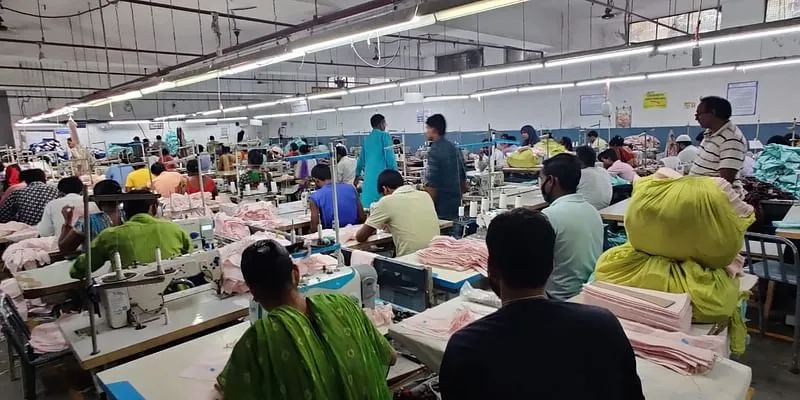MSMEs welcome Budget proposals to improve credit availability
Budget 2025 unveiled numerous proposals to enhance the credit flow into MSMEs, however, the challenge lies in their implementation.
Micro, small and medium enterprises (MSMEs) welcomed the fresh initiatives announced in the Union Budget 2025 to enhance the credit flow and make the sector key to expanding the country's manufacturing output.
While presenting the eighth Union Budget, Finance Minister Nirmala Sitharaman said, “To help them achieve higher efficiencies of scale, technological upgradation and better access to capital, the investment and turnover limits for classification of all MSMEs will be enhanced to 2.5 and 2 times, respectively.”
At present, there are over one crore registered MSMEs employing 7.5 crore people and accounting for 36% of the country’s manufacturing output. In addition, its share in exports stands at 45%, according to figures provided by the MSME Ministry to the Parliament.

Union Budget 2025 outlines India's toy story; envisions global toy hub
The key proposals in the Union Budget enhance the credit guarantee cover for micro and small enterprises, from Rs 5 crore to Rs 10 crore, leading to an additional credit of Rs 1.5 lakh crore in the next five years. For startups, the credit guarantee cover is raised from Rs 10 crore to Rs 20 crore, with the guarantee fee being moderated to 1% for loans in 27 focus sectors important for Atmanirbhar Bharat. Lastly, the government will provide term loans up to Rs 20 crore for well-run exporter MSMEs.
FlexiLoans co-founder Ritesh Jain said, “These reforms will accelerate credit flow, improve financial infrastructure, and foster deeper digital lending penetration. With a stronger credit guarantee scheme and better risk assessment tools, MSMEs will experience faster, more affordable credit access. Simplified regulations will further enable seamless loan disbursals across India, especially in Tier II and III markets.”
The Union Budget 2025 also proposed introducing customised credit cards with a Rs 5 lakh limit for micro-enterprises registered on the Udyam portal, and in the first year, 10 lakh such cards will be issued.
CredAble CFO Ketan Mehta said, “Budget 2025 broadens MSME eligibility, increasing turnover up to Rs 500 crore. While this, along with an Rs 10 crore credit guarantee scheme is promising, how quickly and efficiently businesses can secure these funds will determine its true impact.”
Stratefix Consulting co-founder Mukul Goyal said, “This initiative is expected to inject an additional Rs 1.5 lakh crore in credit over the next five years, empowering small businesses to invest in innovation and expansion.”
The Union Budget also spoke about setting up an Export Promotion Mission, with sectoral and ministerial targets, driven jointly by the ministries of Commerce, MSME, and Finance. It will facilitate easy access to export credit, cross-border factoring support, and support to MSMEs to tackle non-tariff measures in overseas markets.
The Budget also proposed the creation of a digital public infrastructure, ‘BharatTradeNet’ (BTN), for international trade as a unified platform for trade documentation and financing solutions.
CredAble CEO Nirav Choksi said, “The focus should now shift towards simplifying access to these schemes, particularly for businesses in Tier II and III cities. With the introduction of the DPI platform—Bharat Trade Net—we're seeing a proactive stance to digitalise and streamline trade financing.”
However, Goyal of Stratefix Consulting remarked that while these measures are promising, it is crucial to address the persistent challenges that MSMEs face. Access to timely and affordable credit remains a hurdle for many small businesses. Both streamlining the loan disbursement process and reducing bureaucratic red tape are essential to ensure that the intended benefits reach the grassroots level.
At the same time, MSMEs would also require the right steps to enhance the digital adoption among MSMEs and this would require targeted programmes.
Edited by Kanishk Singh







